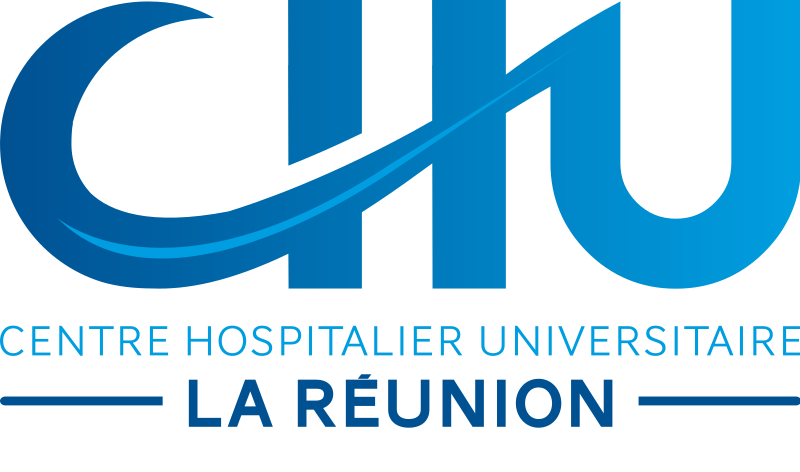Signal Detection in EUROmediCAT: Identification and Evaluation of Medication-Congenital Anomaly Associations and Use of VigiBase as a Complementary Source of Reference
Alana Cavadino 1, Lovisa Sandberg 2, Inger Öhman 2, Tomas Bergvall 2, Kristina Star 2 3, Helen Dolk 4, Maria Loane 4, Marie-Claude Addor 5, Ingeborg Barisic 6, Clara Cavero-Carbonell 7, Ester Garne 8, Miriam Gatt 9, Babak Khoshnood 10, Kari Klungsøyr 11, Anna Latos-Bielenska 12, Nathalie Lelong 10, Reneé Lutke 13, Anna Materna-Kiryluk 12, Vera Nelen 14, Amanda Nevill 15, Mary O'Mahony 16, Olatz Mokoroa 17, Anna Pierini 18, Hanitra Randrianaivo 19, Anke Rissmann 20, David Tucker 21, Awi Wiesel 22, Lyubov Yevtushok 23, Joan K Morris 24
· PMID: 33966183
· DOI: 10.1007/s40264-021-01073-z
Abstract
Introduction: Knowledge on the safety of medication use during pregnancy is often sparse. Pregnant women are generally excluded from clinical trials, and there is a dependence on post-marketing surveillance to identify teratogenic medications.
Aims: This study aimed to identify signals of potentially teratogenic medications using EUROmediCAT registry data on medication exposure in pregnancies with a congenital anomaly, and to investigate the use of VigiBase reports of adverse events of medications in the evaluation of these signals.
Methods: Signals of medication-congenital anomaly associations were identified in EUROmediCAT (21,636 congenital anomaly cases with 32,619 medication exposures), then investigated in a subset of VigiBase (45,749 cases and 165,121 exposures), by reviewing statistical reporting patterns and VigiBase case reports. Evidence from the literature and quantitative and qualitative aspects of both datasets were considered before recommending signals as warranting further independent investigation.
Results: EUROmediCAT analysis identified 49 signals of medication-congenital anomaly associations. Incorporating investigation in VigiBase and the literature, these were categorised as follows: four non-specific medications; 11 likely due to maternal disease; 11 well-established teratogens; two reviewed in previous EUROmediCAT studies with limited additional evidence; and 13 with insufficient basis for recommending follow-up. Independent investigations are recommended for eight signals: pregnen (4) derivatives with limb reduction; nitrofuran derivatives with cleft palate and patent ductus arteriosus; salicylic acid and derivatives with atresia or stenosis of other parts of the small intestine and tetralogy of Fallot; carbamazepine with atrioventricular septal defect and severe congenital heart defect; and selective beta-2-adrenoreceptor agonists with posterior urethral valve and/or prune belly.
Conclusion: EUROmediCAT data should continue to be used for signal detection, accompanied by information from VigiBase and review of the existing literature to prioritise signals for further independent evaluation

